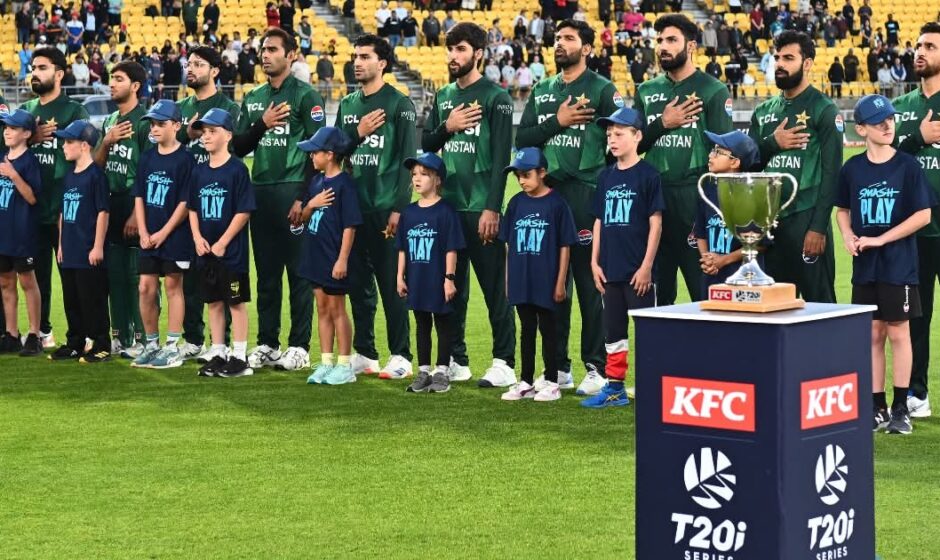Pakistan’s struggles on the cricket field reached new lows during their recent T20I series against New Zealand. Despite managing a solitary win in the third match, the visitors suffered heavy defeats in Christchurch, Dunedin, Mount Maunganui, and Wellington. Each loss highlighted Pakistan’s ongoing decline and exposed how much further they could fall. As they head into the ODI series, hopes of redemption remain slim.
A Struggle to Stay Afloat
With the ODI World Cup still two years away and the cricketing calendar dominated by the IPL and the upcoming PSL, these bilateral ODIs carry little long-term significance. However, for Pakistan, the series offers a critical opportunity to salvage some pride after their dismal performances.
Recent history suggests New Zealand holds a clear advantage. In the lead-up to the Champions Trophy, the Kiwis defeated Pakistan three times, eventually winning a tri-series and making it to the Champions Trophy final. Pakistan, on the other hand, managed just one victory in five games during the tournament and suffered an early exit from their own prestigious home event.
Pakistan’s Search for Stability
Pakistan enters the ODI series with a more experienced squad, welcoming back key players like Babar Azam, Mohammad Rizwan, Naseem Shah, and Haris Rauf. However, given their recent form, even a full-strength side offers little assurance.
Interestingly, Pakistan’s away record in bilateral ODIs remains surprisingly strong. Prior to their struggles at home, they secured three consecutive series wins abroad, defeating Australia, Zimbabwe, and South Africa. This success fostered optimism before the Champions Trophy—hope that ultimately proved misplaced.
Much of their recent success relied on aggressive bowling, with fast bowlers regularly dismissing opponents within 40 overs. This approach eased the pressure on their batting lineup, allowing them to chase modest targets with ease. However, the absence of key contributors like Shaheen Afridi, who was dropped due to poor form, complicates their chances of replicating this formula.
New Zealand’s Consistency and Depth
In contrast, New Zealand continues to thrive through a blend of consistency and innovation. Despite fielding second or third-string teams during recent tours of Pakistan, the Kiwis have consistently outperformed their opponents. Their recent T20I dominance over Pakistan, achieved without several senior players, underscores their impressive depth.
The ODI series will feature fresh talent for the hosts, including 21-year-old all-rounder Mohammad Abbas—who was born in Lahore—and 23-year-old batter Rhys Mariu, who replaces the injured Tom Latham. Leg-spinner Adithya Ashok, 22, also returns to the squad. Under the leadership of Michael Bracewell and a core group of established players, New Zealand continues to foster a high-performance culture that balances excellence with player welfare.
New Zealand’s ability to maintain elite standards despite limited financial resources and a smaller player pool contrasts sharply with Pakistan’s inconsistency and short-term decision-making. The Kiwis’ structured approach has made them a formidable force, while Pakistan’s mismanagement has led to instability on and off the field.
A Mismatch in Every Sense
On paper, a cricket-obsessed nation of over 250 million people should dominate a country where rugby reigns supreme. However, recent history tells a different story. New Zealand’s disciplined and forward-thinking approach has repeatedly exposed Pakistan’s vulnerabilities, turning what should be a one-sided contest into a demonstration of their superiority.
As the ODI series unfolds, Pakistan must rediscover their competitive edge to avoid further embarrassment. For New Zealand, it is another opportunity to showcase their relentless consistency and remind the cricketing world why they remain one of the most respected teams in the game.


